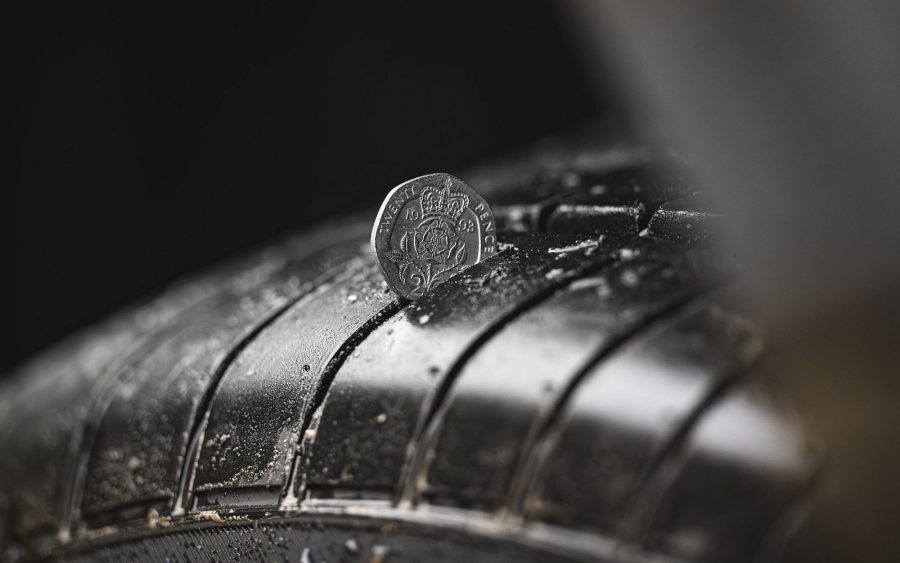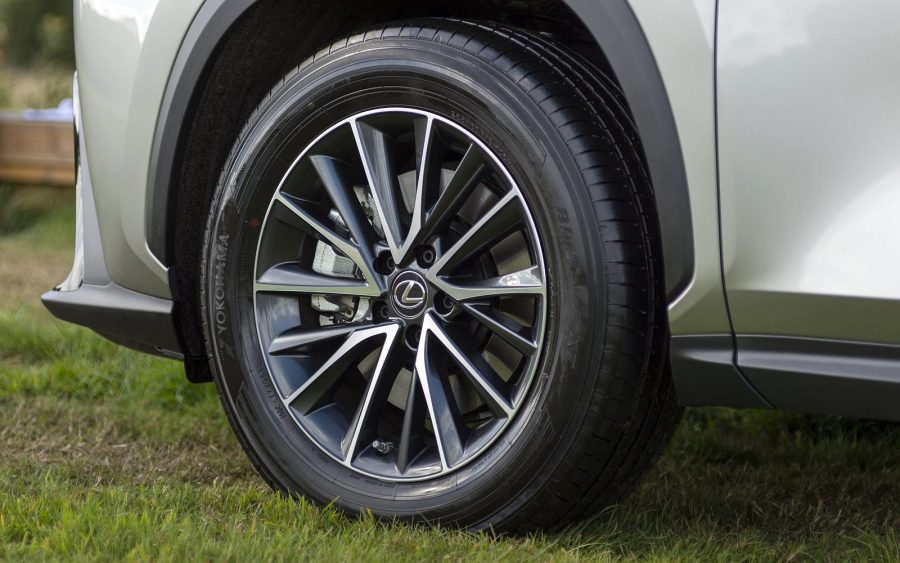Why do regular tyre checks matter? Your car’s tyres provide the only point of contact between vehicle and road, making them vital for safety. They must grip the surface, channel water away, withstand wear, maintain correct pressure, and perform quietly.
TyreSafe is a UK charity dedicated to raising awareness of the importance of correct tyre maintenance and the dangers of defective and illegal tyres. Lexus is delighted to support the charity’s initiative of dedicating October as Tyre Safety Month.
Tyres are classed as consumable items because they degrade over time, and as a result may fail an MoT test or police roadside check if they are cut, structurally damaged, or show age-related cracking. Legislation exists to protect pedestrians and other road users by enforcing strict standards for tyre condition and minimum tread depth.

Tread depth directly affects how well a tyre disperses water and grips the road. While new tyres usually offer around 8.0mm of tread, the legal minimum in the UK is 1.6mm. However, many safety organisations recommend replacing tyres once tread falls below 3.0mm, as braking performance significantly worsens beyond this point.
How can you be sure that your car’s tyres are legal and in good condition? The following six steps will help you stay safe and help your tyres forge a strong connection with the ground.
Six simple but essential tyre checks:

- Tread test. Place a 20p coin in the main tread grooves of your tyre (within the central three-quarters of tread). If the outer band of the coin is hidden by the surrounding rubber blocks, your tread is above the legal limit of 1.6mm. However, due to the reduction in braking performance as a tyre wears, many experts recommend changing your tyres when the tread depth falls below 3.0mm.
- Tyre match. Check that the tread pattern, make and model of each tyre is at least the same across each axle, and ideally across all four wheels. This will ensure that you have well-balanced grip.
- Wheel wobble. If your steering wheel vibrates at speed, one or more of your wheels may need balancing or replacing.
- Steering pull. If your car seems to be slowly veering to one side then either your wheel alignment is out, the tyre pressures are unequal, or the treads on the front tyres do not match.
- Sidewall damage. Check the sides of the tyres for any cracks, splits or blisters; this usually happens on older tyres and it means they need replacing.
- Tyre markings. The alphanumeric markings on a tyre’s sidewall can be confusing but contain important information. Details include tyre width, aspect ratio (depth of sidewall), construction, wheel diameter, load index, speed rating, and even manufacturing date. If any of these details do not match those of the other wheels, seek advice from your local Toyota centre.
Regular tyre checks really do matter. Well-maintained, properly inflated tyres offer better traction, boost fuel efficiency, improve your driving experience, and reduce accident risks.

Tyre care by Lexus
Our experts are committed to providing the best possible care and maintenance of your vehicle. So if you encounter any issues with your tyres, visit a Lexus centre near you for peace of mind. Our specialists will be able to diagnose your tyre problem and repair or fit replacements at a very competitive price – and if you find it cheaper locally within five days, they will even price-match.
Learn more: How much safer are winter tyres in the winter?




